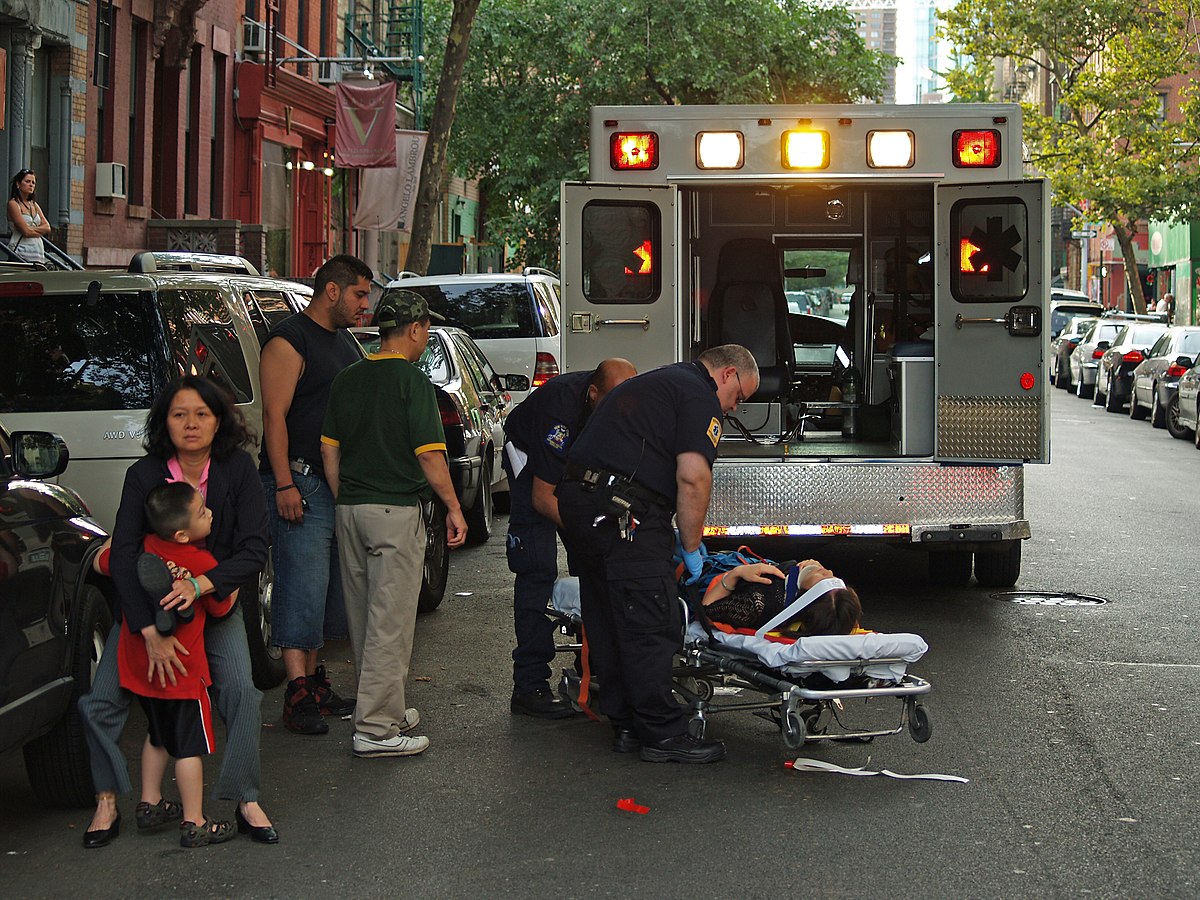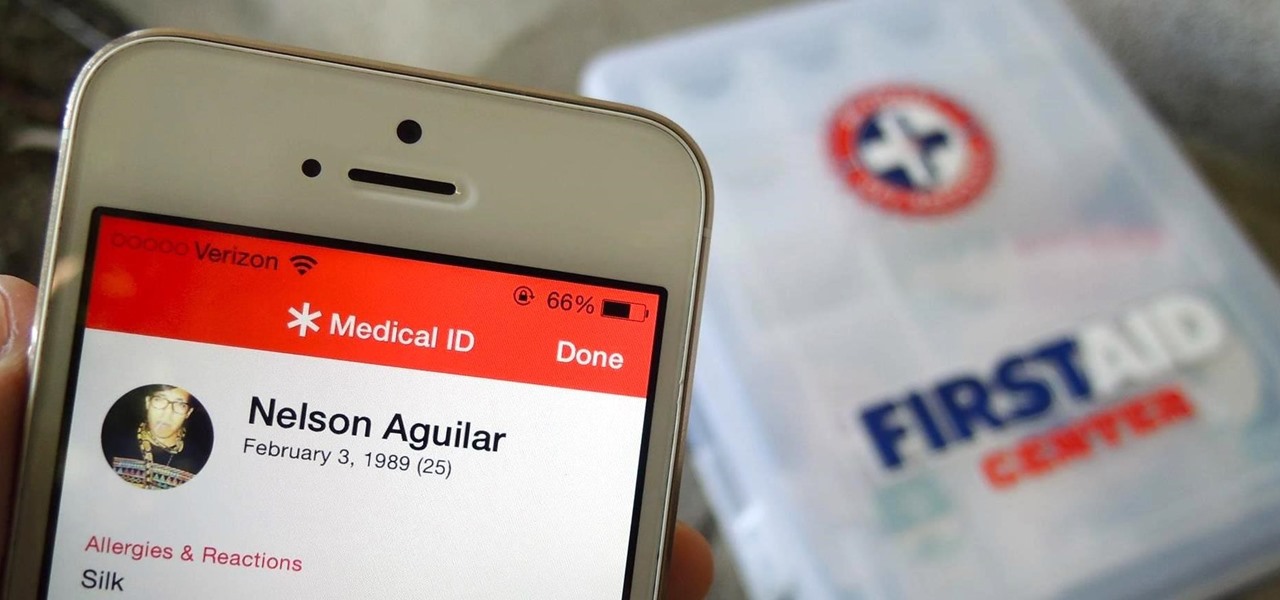| Preview | Product | |
|---|---|---|

|
I'm Not Scared...I'm Prepared!: A Picture Book to Help Kids Navigate... | Buy on Amazon |

|
Playtown: Emergency: A Lift-the-Flap book | Buy on Amazon |
When an emergency strikes, you may know what needs to be done. Perhaps you need to get to a safe location; maybe you need to gather supplies and find a central location in the home. You may even need to start hoarding water and finding flashlights, batteries or a radio.
Do your children know what they need to do? In the event of an emergency we, as adults, have a checklist in our heads of actions that need to be taken. Our children are on that list, of course, making sure they are safe. However, sometimes an emergency situation may prevent us from getting to our children.
This article will explain the importance of teaching your children to be prepared in case of emergencies. There are certain things you should do for your children. However, there are things they can do or should do depending on the emergency as well. Having children that are prepared will aid in the safety of the entire family.
What Ages Should Children Start Learning About Emergency Preparedness

Children are smarter than we give them credit for a lot of the time. Science has discovered that languages, understanding, and memory are best developed before the age of five. However, comprehension and formulating ideas are best developed between three and eight years of age.
So when is the best time to start teaching your children about emergency preparedness? The sooner, the better. You can begin as soon as your child is able to start doing for themselves. If they are walking, talking and learning about their environment, you can start.
The younger you begin isn’t always the best thing though. Comprehension needs also to be established and age-appropriate tasks should be the main concentration until the child is old enough to develop their own plans and help you plan yours.
By the age of five, the child should be able to tell you the parents full names and your home address. Along with a contact phone number this basic information will aid authorities in helping to locate family members in the event of separation or being lost.
As the child gets older, their responsibilities can grow, and they can soon become an active member of the planning and emergency preparedness plans. The more the child is involved, the more likely they are to retain the information and use it when it is needed.
Ultimately, the safety of the family and the child is the adult’s responsibility. However, if the child can aid in their rescue or safety, then it will go a lot smoother and faster.
What Are Emergencies?
An emergency as far as a child is concerned can be extended further than that of an adult. For example, being separated in a store, as an adult, isn’t as big of a concern as it is with a small child.
Anything that can happen or at home can be an emergency. Fire, flood, or natural disasters are all emergencies, regardless of age. However, smaller things such as broken windows, wild animals, or even a neighbors dog that has broken free of confinement can be construed as an emergency.
Any situation that can put the child at risk should be considered an emergency, and this list may take some time and thought on your part to compile. The most common and needing of emergency actions will always be the standard natural disasters or home invasions.

Evacuation Plans
The most important portion of any emergency plan is the evacuation route. You should make sure your child understands what an emergency is and then knows how to get out of the home in the event an emergency happens.
You should create a drawing of your home’s floor plan with your child and have them locate all the possible entrances and exits. These should include doors and windows. However just as important as knowing where the exits are located is how to get to them.
Using the drawing you can block off access to various doors and windows and ask the child to find a route out of the house that avoids the emergency. Once the child has a mastery of how to get out of the house, they should know where in the neighborhood to meet the rest of the family.
There should be one location that the entire family agrees to meet at in the event a home evacuation is required. This could be a neighbors house, another family members home, or even the yard across the street.
Once the location is established, and the child knows where the actual, physical location is, the plan should be practiced.
You can create an emergency and have the family practice the evacuation plan. Make sure everyone knows how to get out of the house while avoiding the danger and that everyone meets up at the predetermined meeting location.
Practicing the execution of the evacuation plan is important to keep the plan fresh in the child’s mind. At a minimum of once a month, the evacuation plan should be practiced, more often if you think it is needed.
You should also, when the child is old enough, practice the evacuation plan during the late night hours after the child has gone to bed.
Because emergencies can happen at any hour, the child should be able to navigate the home, avoid the danger and get to the meeting location even if woken from sleep.

Knowing Who To Call
Sometimes emergencies happen when the child is alone. Especially school-aged children that may be home from school before anyone else is home.
In the event of an emergency, the child should first ensure that they make it to safety. Either following the home evacuation plan or removing themselves from the emergency. Once they are out of harm’s way, they should know who to call and report the emergency too.
The first call should always be to emergency response. Calling 9-1-1 to report the emergency should be the first call. Emergency dispatchers will be able to assist the child with further instructions, ensuring they are safe and will stay on the phone with them until authorities arrive on the scene.
The parents also need to be notified, or a responsible adult that the child is familiar with. This can be a grandparent, aunt or uncle or even a neighbor.
Having phone numbers memorized is something that is going out of fashion with the growing popularity of mobile devices, online address books and similar. However, you should ensure that your child can reach you by phone in the event of an emergency that removes them from all mobile devices.
A cell phone number, work number or home number, along with 9-1-1, should be memorized by the child.

Pertinent Information To Know
Knowing the emergency contact number and how to get a hold of emergency services is crucial. However, the child should also know other personal information that may not be readily known, depending on the age of the child.
Not all emergencies involve flooding or fires. Sometimes the child can become lost or separated from the family. In these type of emergencies, the child should know specific personal information about the parents and the home.
At a minimum, the child should be able to give mom and or dad’s full name. Because children call their parents “mom” and “dad,” when asked by a police officer or other adult who may have found the missing child, they should be able to tell the adult the full name of their parents.
Knowing an actual name will help in locating the parents of the missing child.
If the emergency happens outside the home and the parents aren’t around, the child should also be able to tell authorities their home address. At a minimum, they should know the house number and street name. This will help police return the child to the home.
In Conclusion
Emergencies happen. From fires, flooding, natural disasters to being separated from the parents. Children should be prepared to assist and handle any situation that can come up.
Giving your child the knowledge of emergencies and the tools to be prepared is crucial. They should be armed with a memory of contact information, and at a bare minimum how to use 9-1-1 to get a hold of emergency responders.
Because emergencies can happen in the home and will be the most encountered emergency for a smaller child, an emergency evacuation plan should be drawn up, studied and practiced. Once the child is familiar with the procedures, meeting locations and how to get out of the home and to a safe meeting place, everyone involved will feel more prepared to handle an emergency.
While it is near impossible to tell how any individual will react to an emergency situation, giving children the tools to use in the event of such issues will go a long way to making them feel safe and get safe when it is needed.
| Preview | Product | |
|---|---|---|

|
I'm Not Scared...I'm Prepared!: A Picture Book to Help Kids Navigate... | Buy on Amazon |

|
Playtown: Emergency: A Lift-the-Flap book | Buy on Amazon |
Becky is a wildlife enthusiast and pet and livestock care expert with a diploma in canine nutrition. With over a decade of experience in animal welfare, Becky lends her expertise to Simple Family Preparedness through insightful info about pets, livestock, bee keeping, and the practicalities of homesteading.
Last update on 2024-04-26 at 07:42 / Affiliate links / Images from Amazon Product Advertising API


We used the family iPad to teach phone numbers. By setting the password to various cell phone and other family emergency numbers the kids memorized them through sheer repetition